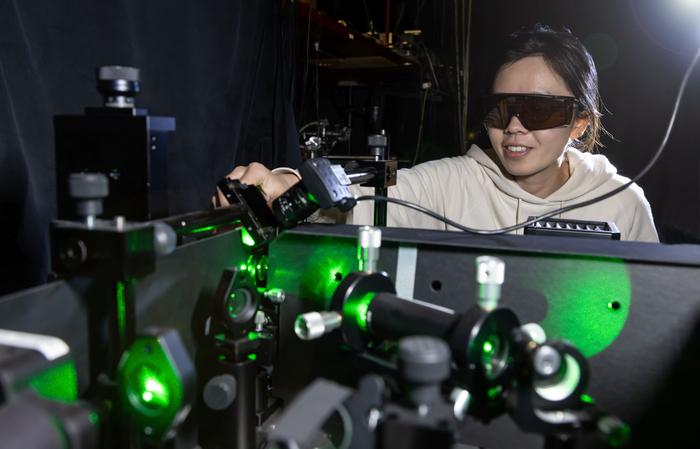The loss of charge carriers in perovskite solar cells, also known as “recombination,” follows different physical laws than those in most semiconductors. This is due to measurements using “transient photoluminescence,” a novel method developed by Thomas Kirchartz and his team at the Institute for Energy and Climate Research (IEK-5) at Forschungszentrum Jülich in Germany.
When light hits a solar cell, electrons are released from their bonds and raised from the valence band, in which an electron hole is then created, to the conduction band. If this excited state lasts long enough, the electrons come into electrical contact and release energy. However, if they fall back into the valence band too early, they cannot contribute to the current flow. This recombination, which is primarily triggered by defects in the crystal lattice, “is the essential loss process in every solar cell,” said Kirchartz.
According to previous assumptions, recombination occurs primarily due to “deep defects” in the middle of the bandgap between the valence and power bands. This assumption is probably correct for most types of solar cells, but it has been disproven for perovskite solar cells: During the measurements, the research team found that the “shallow defects” near the valence or conduction band are crucial for recombination.
“The cause of this unusual behavior has not yet been fully clarified,” Kirchartz said. “It is reasonable to assume that deep defects simply cannot exist in these materials. This restriction may also be one of the reasons for the particularly high efficiency of the cells.”
The group published its findings in “Shallow defects and variable photoluminescence decay times up to 280 µs in triple-cation perovskites,” which was recently published in Nature Materials.
“We show that the features indicative for shallow defects seen in the bare films remain dominant in finished devices and are therefore also crucial to understanding the performance of perovskite solar cells,” the research team said.
This content is protected by copyright and may not be reused. If you want to cooperate with us and would like to reuse some of our content, please contact: editors@pv-magazine.com.



By submitting this form you agree to pv magazine using your data for the purposes of publishing your comment.
Your personal data will only be disclosed or otherwise transmitted to third parties for the purposes of spam filtering or if this is necessary for technical maintenance of the website. Any other transfer to third parties will not take place unless this is justified on the basis of applicable data protection regulations or if pv magazine is legally obliged to do so.
You may revoke this consent at any time with effect for the future, in which case your personal data will be deleted immediately. Otherwise, your data will be deleted if pv magazine has processed your request or the purpose of data storage is fulfilled.
Further information on data privacy can be found in our Data Protection Policy.